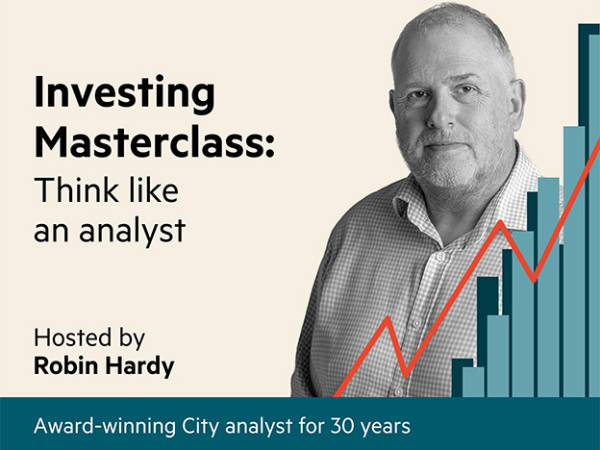A simple calculation demonstrates the impact of higher rates. Plugging in the numbers to Nationwide’s handy mortgage repayment calculator shows that the monthly repayment on the average UK mortgage debt over a standard 25-year term would be over £250 a month higher on a rate of 4 per cent (expected by financial markets by May next year) compared to the official 0.25 per cent bank rate at the start of this year.
Lord David Willets, former Minister for Universities and Science, notes in his influential book on UK intergenerational inequality The Pinch that “we are slowly becoming a caste society, in which property ownership is hereditary”. Could higher rates start to turn things in favour of those currently locked out of buying property?
On the political side of the equation, there is little desire to see falling prices. Over 60 per cent of English households are homeowners. The market has become so central to the UK economy and general consumer confidence that the government wants to avoid popping the bubble at all costs.
The hands of central bankers, however, could be forced to push rates much higher if inflation continues to shoot up and persists for much longer than expected. This looks likely, given we are now seeing forecasts of eye-watering UK price rises, with Goldman Sachs predicting inflation of over 20 per cent by the start of next year.
The Federal Reserve is leading the way with tightening monetary policy, with its federal funds rate target range now at 2.25 to 2.50 per cent. The Bank of England (BoE) has put up bank rate to 1.75 per cent, while the European Central Bank (ECB) raised rates in July for the first time in over a decade with its deposit rate moving to - gasp - zero. All are expected to go further.
But it is important to understand that even though rates are rising, real rates (which take inflation into account) are still negative due to the high level of inflation and will likely remain so for the foreseeable future. If you are a homeowner with a mortgage rate of 3 per cent, for example, then in real terms your mortgage debt is still being reduced.
This is the first economic period in which young investors of a certain age group will have experienced rising rates. It is worth asking, then, what a “normal” rate range looks like.
Data from the BoE shows that the average UK bank rate from January 1975 to the present day is over 9 per cent. Before the financial crisis, the rate sat above 5 per cent. This is hard to imagine for those who have grown up with rates at rock-bottom levels.
But while economist Andrew Sentance argues in a paper for the National Institute of Economic and Social Research that “higher interest rates would generate a more affordable level of house prices for new homeowners, bringing social as well as economic benefits”, the problem is, it is very difficult to predict just how prices will move given the UK market’s dynamics of government intervention, dominance by the big housebuilders, and the overarching shortfall in supply.
If the era of ultra-cheap debt and financing is at an end and rates do rise to historic levels, it is highly unlikely that house prices will escape feeling some impact, though what that will look like remains to be seen. We will have to wait to see whether we get back to normal rates any time soon, but investors (and would-be homeowners) shouldn’t discount the possibility.
This content is published weekly in The Squeeze newsletter, which is a fresh, new take on investment news giving less experienced investors the what and why of the latest pressing stories. Delivered every Friday.
Click here to sign up to receive The Squeeze newsletter every week.







